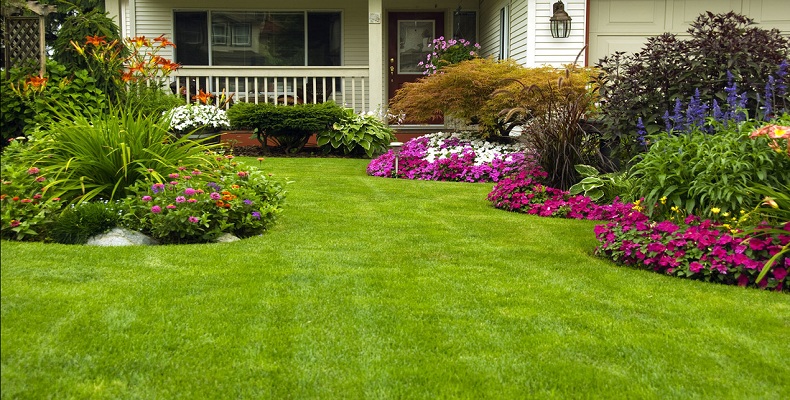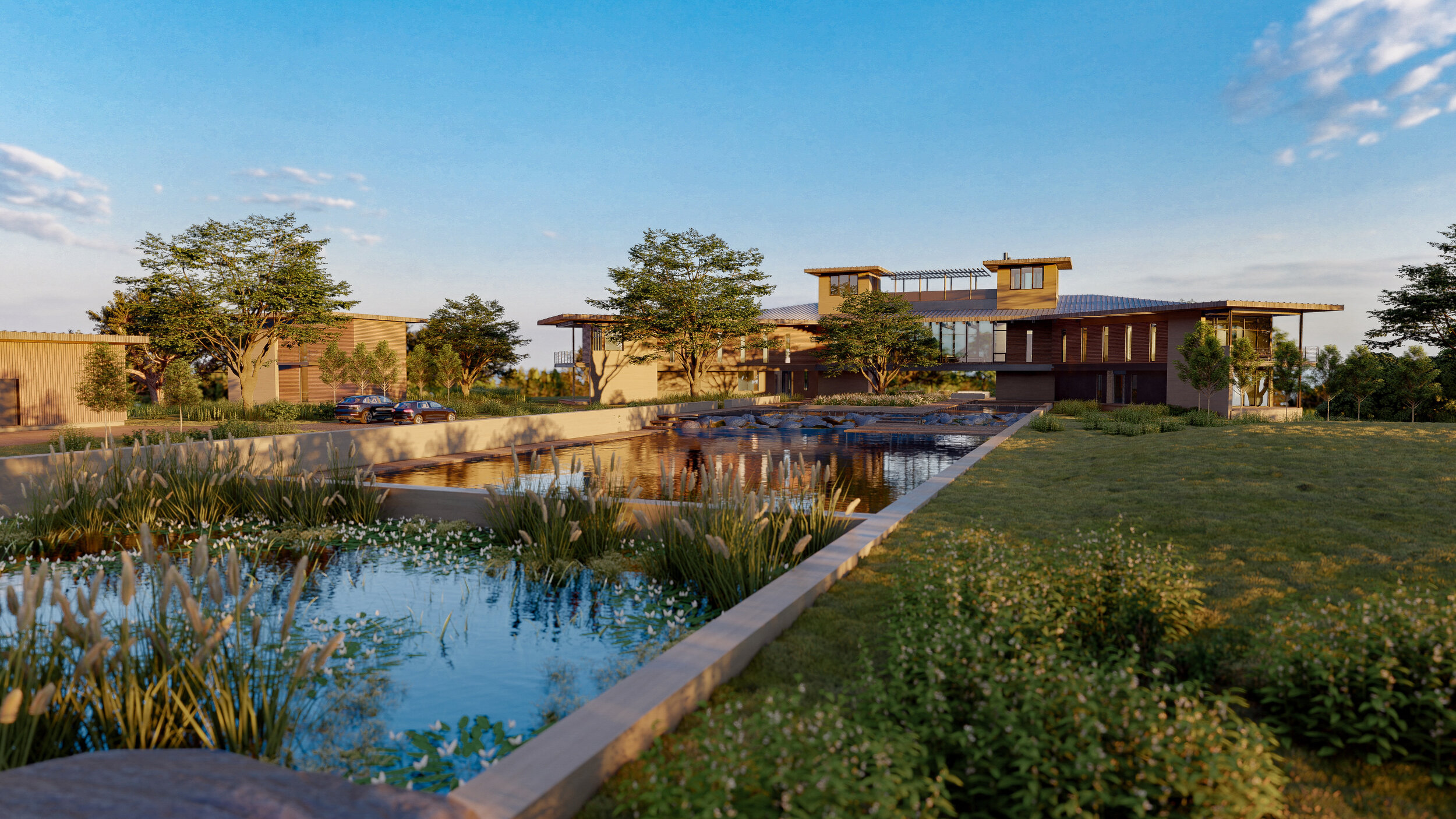The 4-Minute Rule for Landscape Design
Table of ContentsSome Ideas on Landscape Design You Should KnowLandscape Design Can Be Fun For AnyoneThe 20-Second Trick For Landscape DesignThe 9-Minute Rule for Landscape DesignSome Known Facts About Landscape Design.
Formal design theme. Credit Report: Gail Hansen, UF/IFAS The lawn is an expansion of the home where a range of tasks take place. A backyard can normally be separated right into 3 areas: public (the front lawn), exclusive (the garden), and solution (typically the side lawn). The location of task areas depends mainly on the sort of area, the dimension of room needed, the kind of task, and the desired proximity to other tasks and structures.The outside wall surface of the home typically acts as the very first wall surface or beginning point of an outdoor area. Incompatible usages should be divided, and related activities, such as food preparation and dining, ought to be created to make the lawn more effective and enjoyable. When using hardscape to create rooms, utilize building and construction material comparable to that made use of in your home for connection from your house right into the yard.
Connected spaces. Credit Scores: Gail Hansen, UF/IFAS Utilizing comparable hardscape functions and duplicating plants pulls the eye around the yard. Important factors along the way can be emphasized with growings or features that draw interest and motivate movement in a specific direction. Moving along the path takes a person from one location to the next and enables the user to have a range of experiences.
6 Simple Techniques For Landscape Design

For mental comfort plants are used as physical or suggested obstacles for privacy and security. Physical obstacles block both the view and accessibility to an area and consist of fences, wall surfaces and plant bushes.
Physical and indicated obstacles. Credit Report: Gail Hansen, UF/IFAS For these factors, the kinds of plants to be utilized (such as trees, shrubs, or groundcovers) should be selected in the beginning of planning (Landscape Design). Plant kinds are picked for their functional capabilities to ensure that their future objective and called for space can be considered at the very same time

More About Landscape Design
Each plant mass is in front of, behind, or alongside, another mass. Figure 11. Horizontal plant layers. Credit Score: Gail Hansen, UF/IFAS Figure 12. Upright plant layers. Landscape Design. Debt: Gail Hansen, UF/IFAS Duplicating plants within a mass and repeating masses with similar plants ties the yard together. The individual plant attributes have to be thought about to successfully layer and mass plants.
All plant compositions begin with the main framework additional info plants, the large, primarily evergreen history plants-such as the trees and large hedges. These plants different or enframe rooms, regulate the size of the room, and provide the starting factor for picking the appropriate qualities of the second layer, midground plants, for massing and infill.
Vital factors in the garden must be highlighted by the use distinct plants, distinct structures, or yard ornaments. Noting limits or entries to areas can be finished with gates, arbors, and actions, or through the usage of special and vivid plants. The kind and/or design motif of the yard will certainly frequently aid identify the essential points and just how they must be highlighted.
Various other essential areas in the lawn are focal points, which is utilized to aesthetically arrange a landscaped area. The kind of centerpiece frequently depends on the watching perspective. Various point of views or point of views can expose various structures in the landscape that might need a range of focal factors. Contrasting texture, shape, size and color will additional hints catch and hold the eye.
Landscape Design Fundamentals Explained
Plant types. Credit Scores: Gail Hansen, UF/IFAS After form, appearance is the next leading function of a plant; coarse, medium and fine structures can be used for contrast and focus in the landscape.
The pleasant fragrance of plants, the audio of wind in the trees, the noise and structure of water, and the colors and structures of sculptures, pots and garden furniture all add to the experience of the yard. One detail that is commonly ignored is the result of light on the aesthetic appeals of the plants.

Landscape Design Fundamentals Explained
It is essential to understand the eventual fully grown dimension of plants so they can be positioned in the right place and spaced properly when they are installed. Offering plants area to expand is an obstacle because the usual fully grown size is typically based on ideal growing problems and the ecological problems of a site might trigger a plant to enlarge or stay smaller.